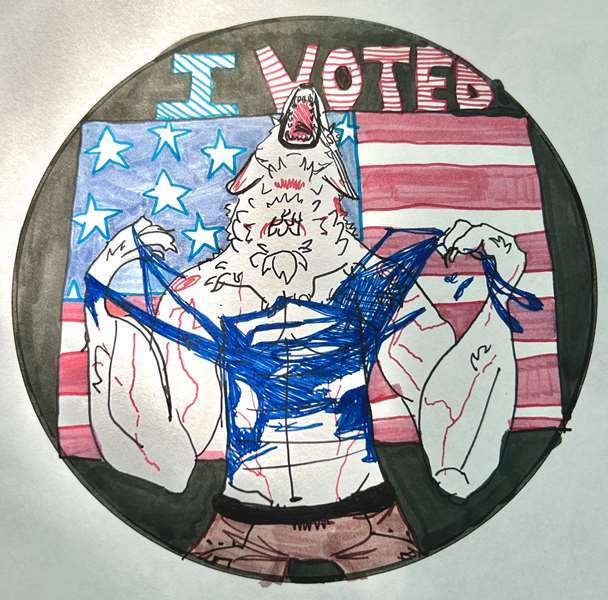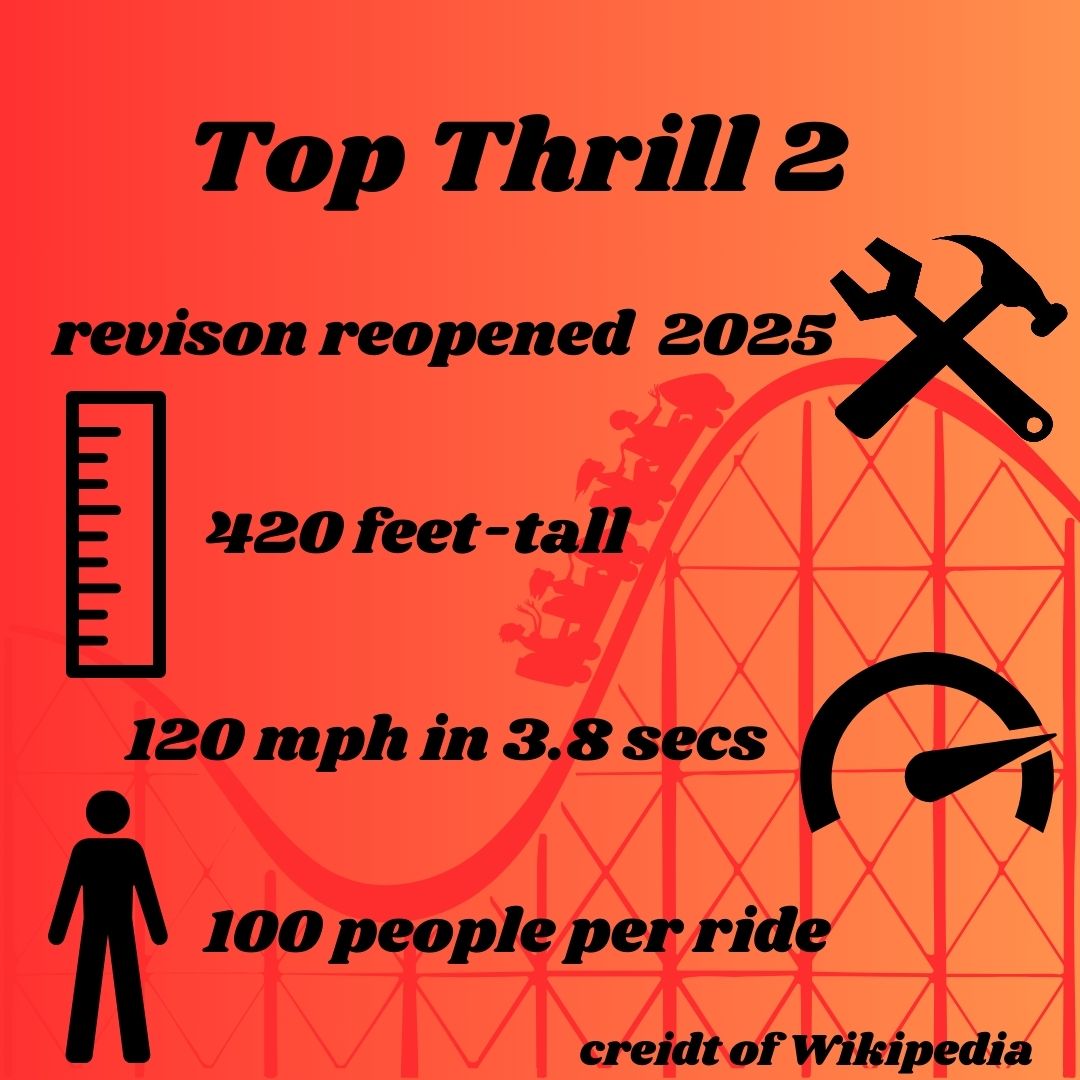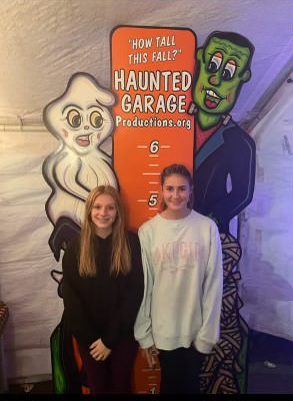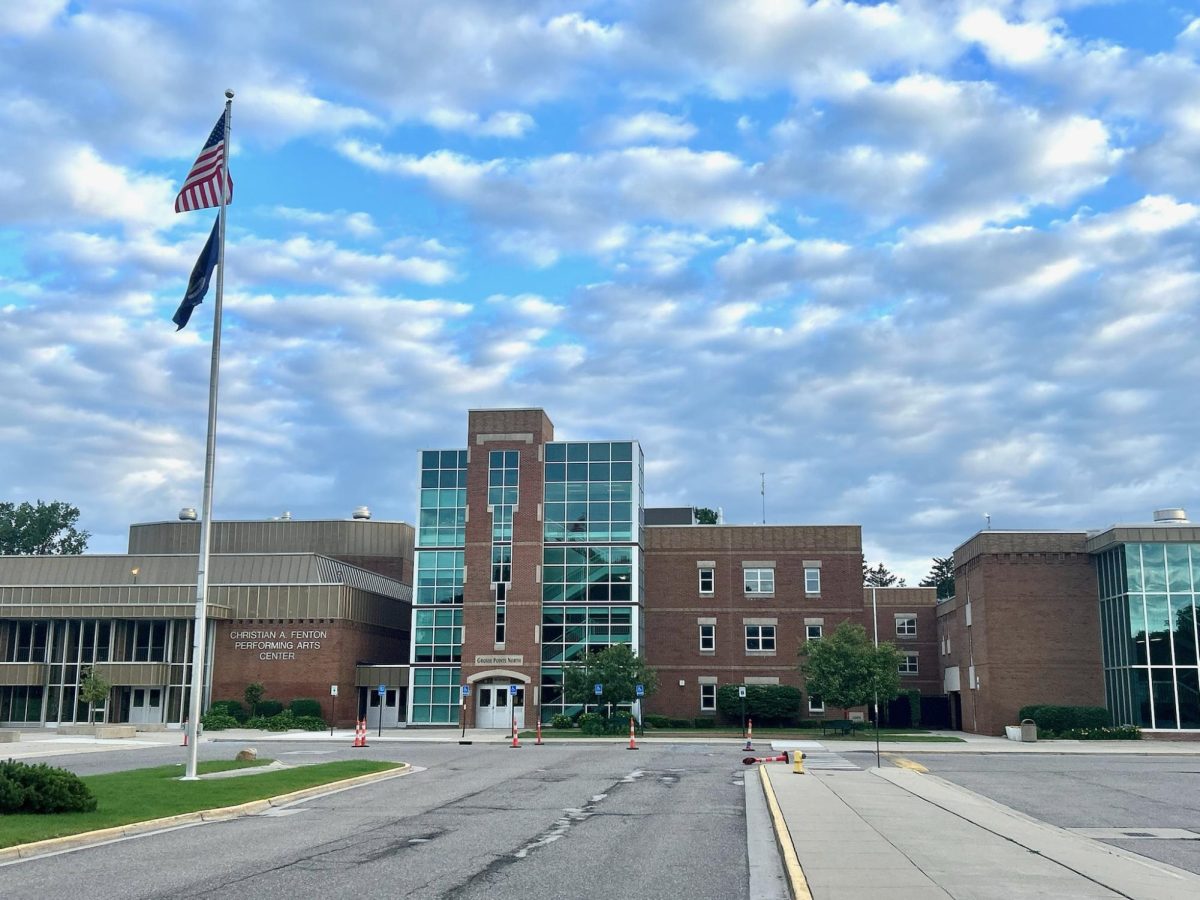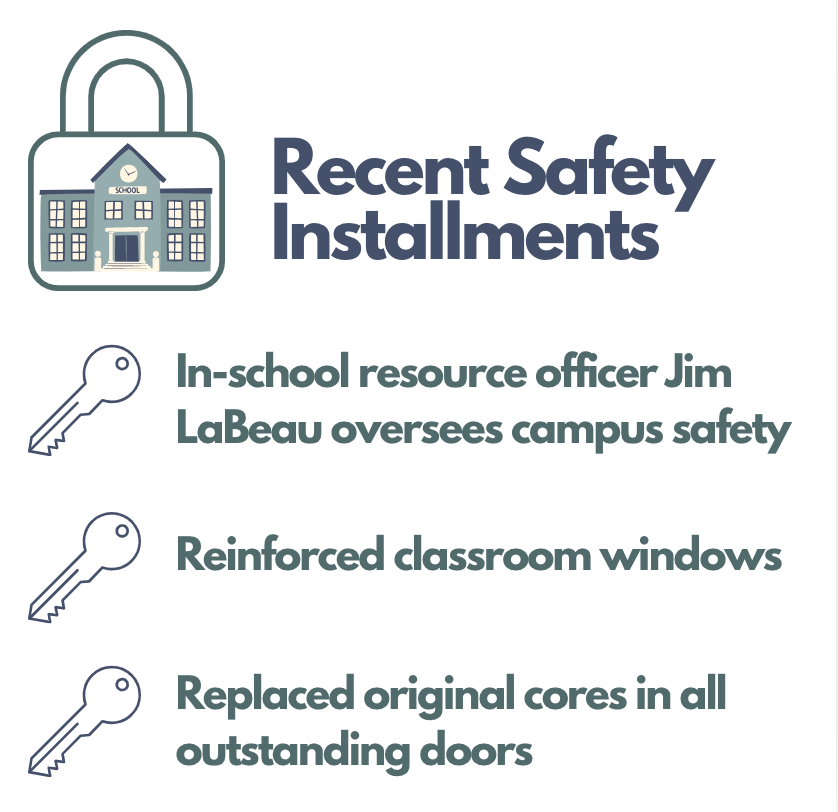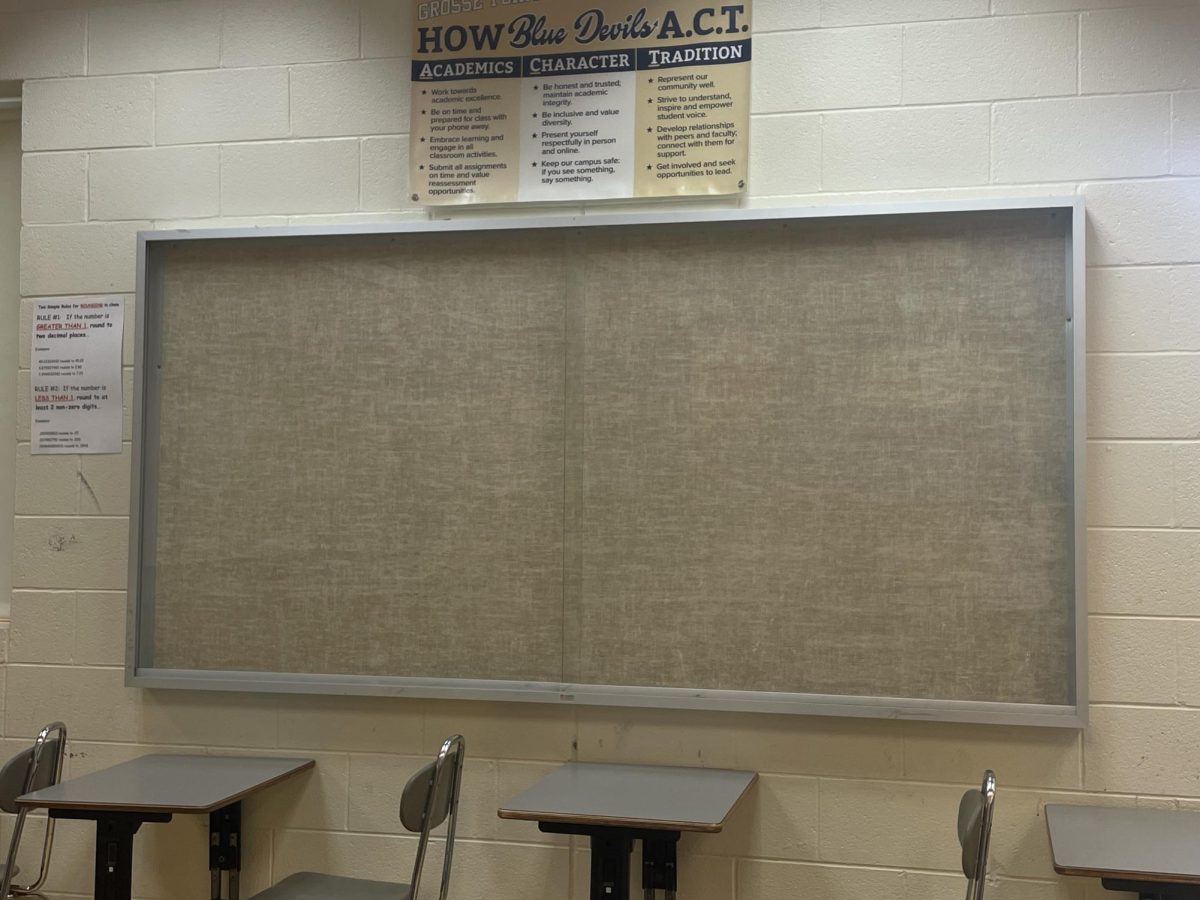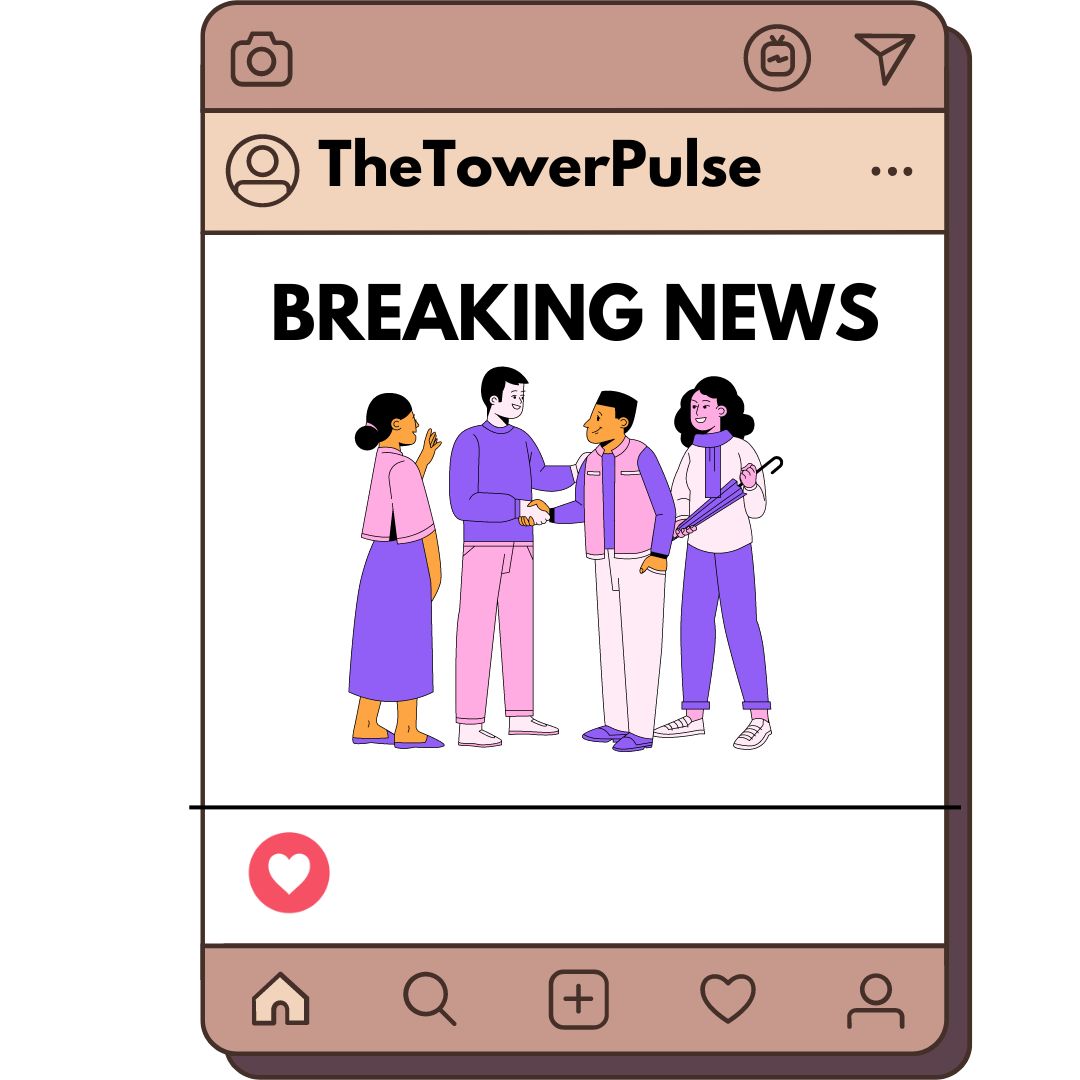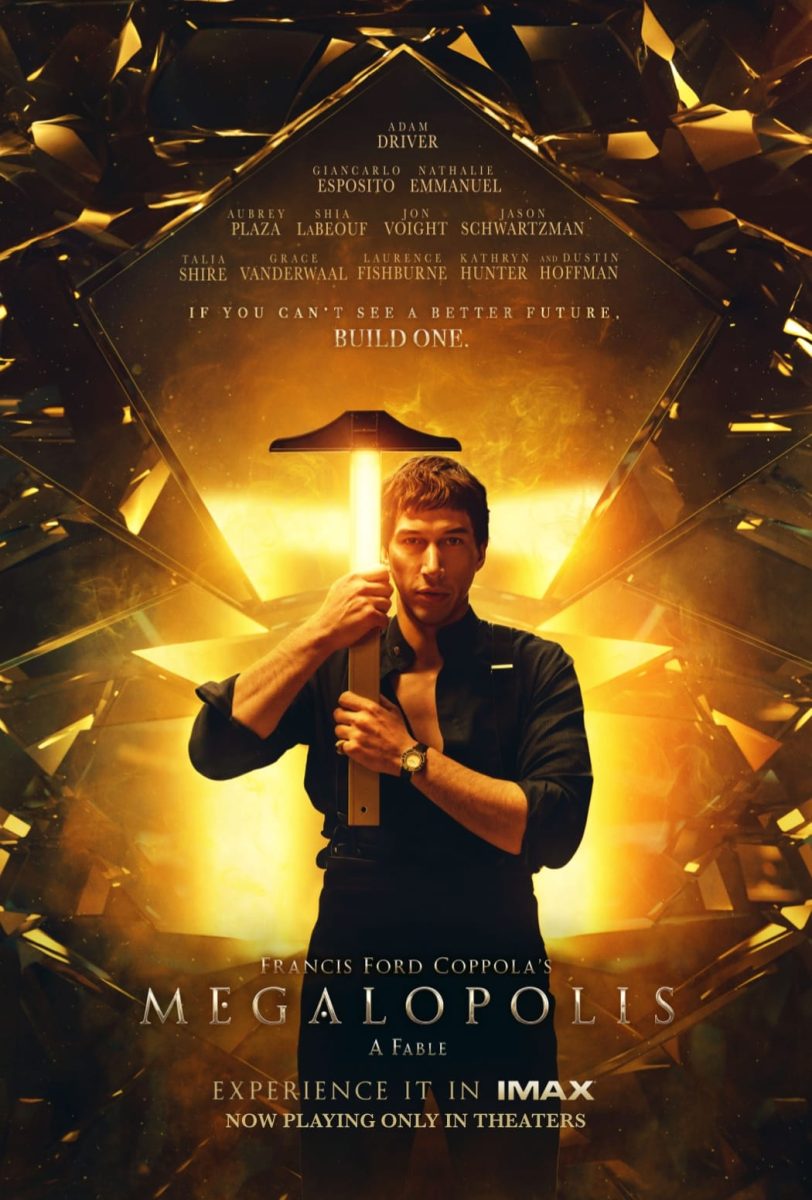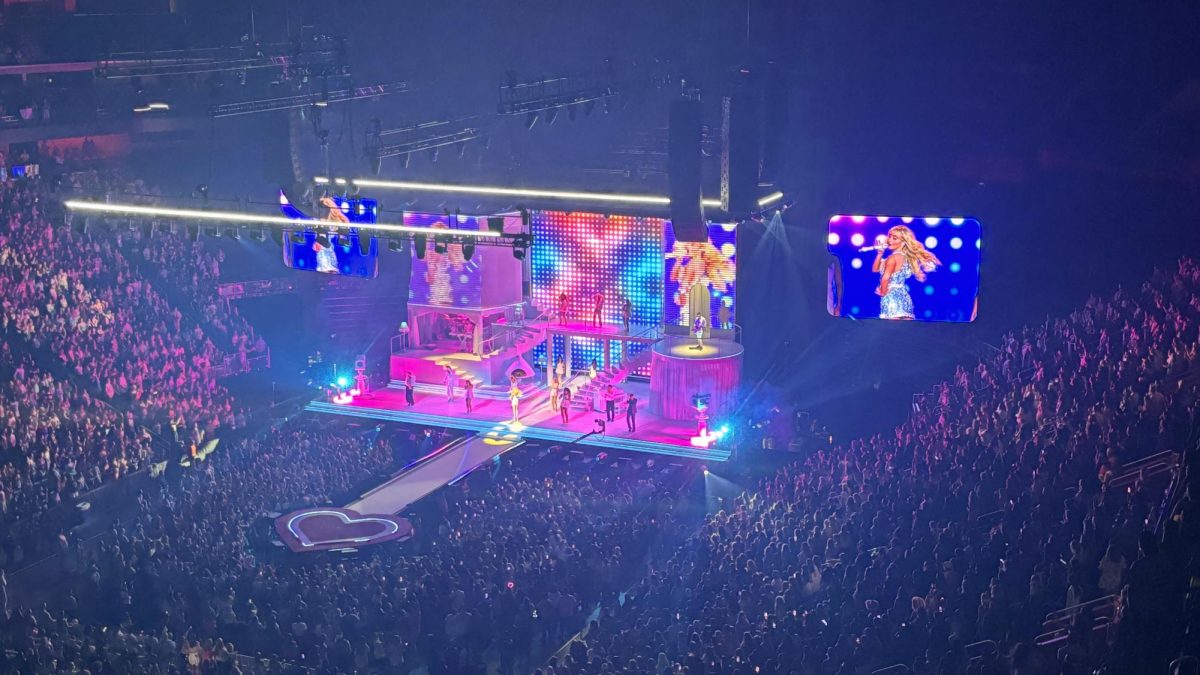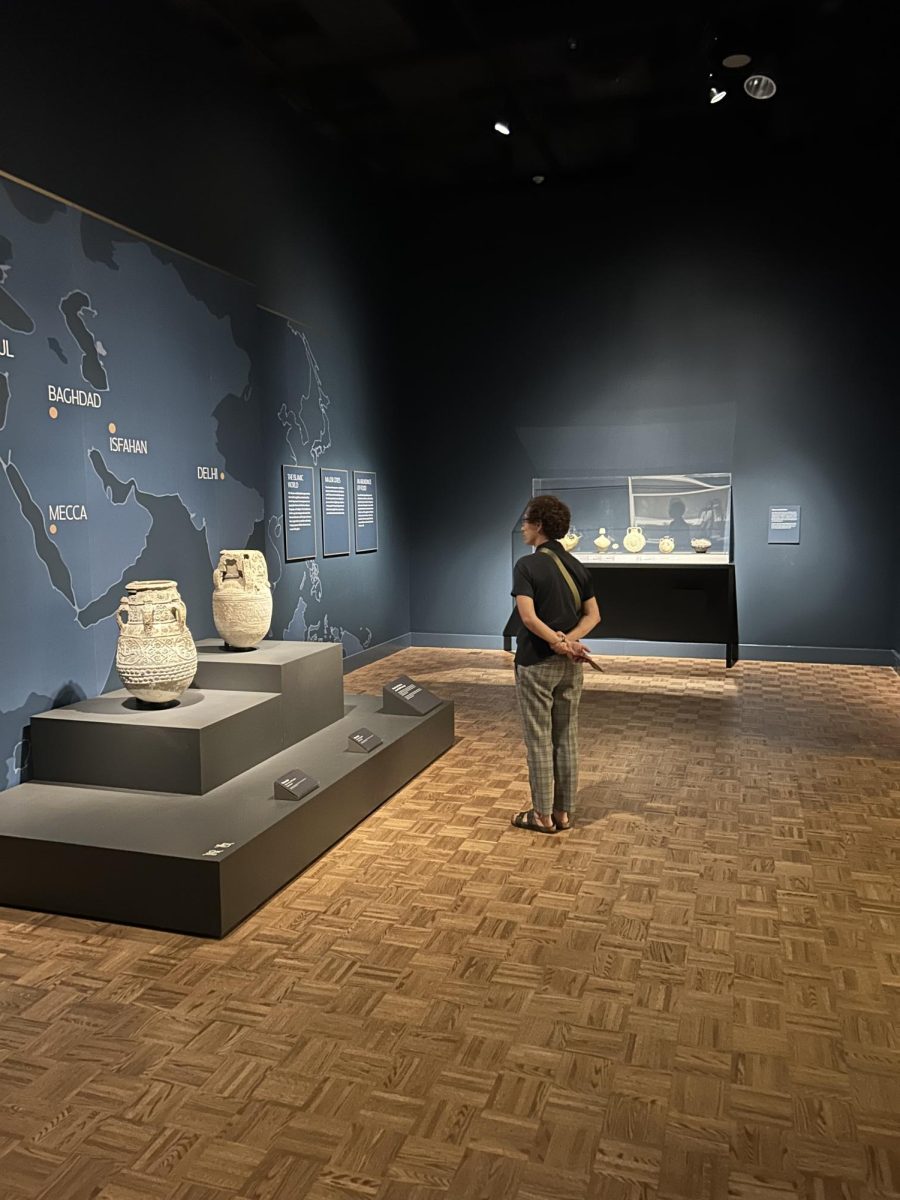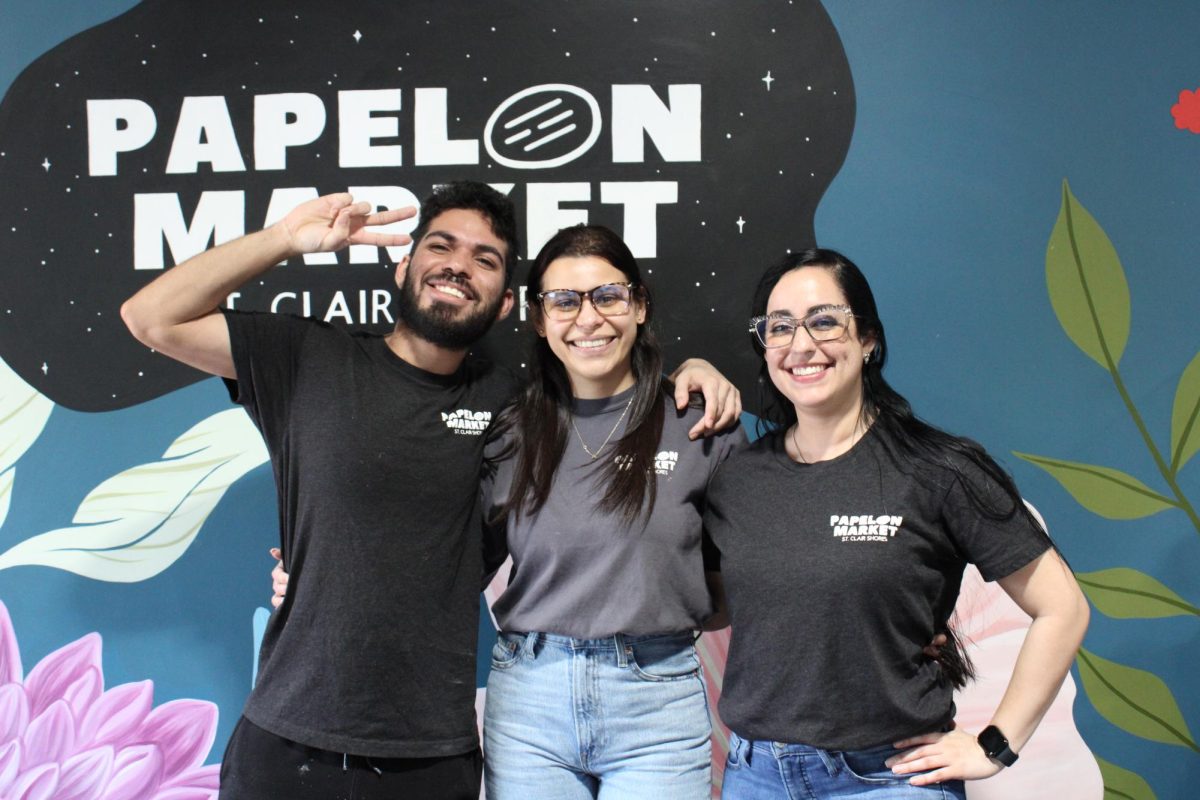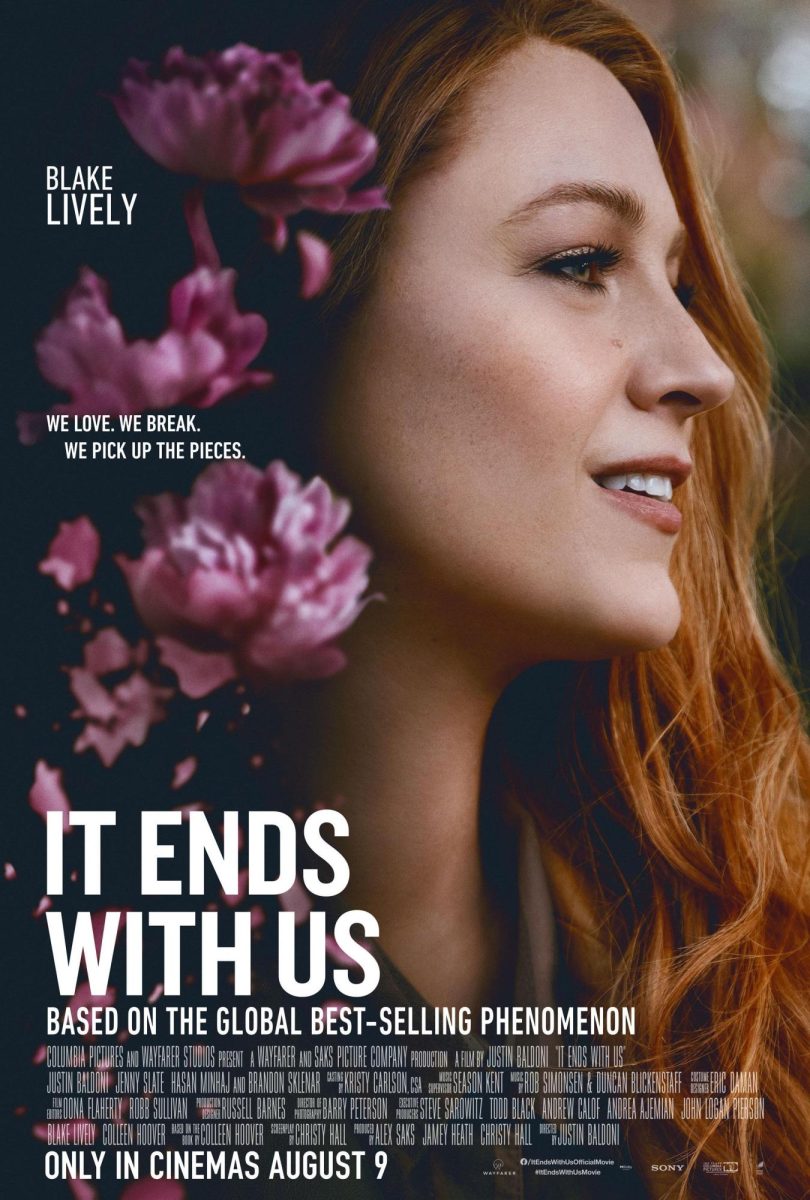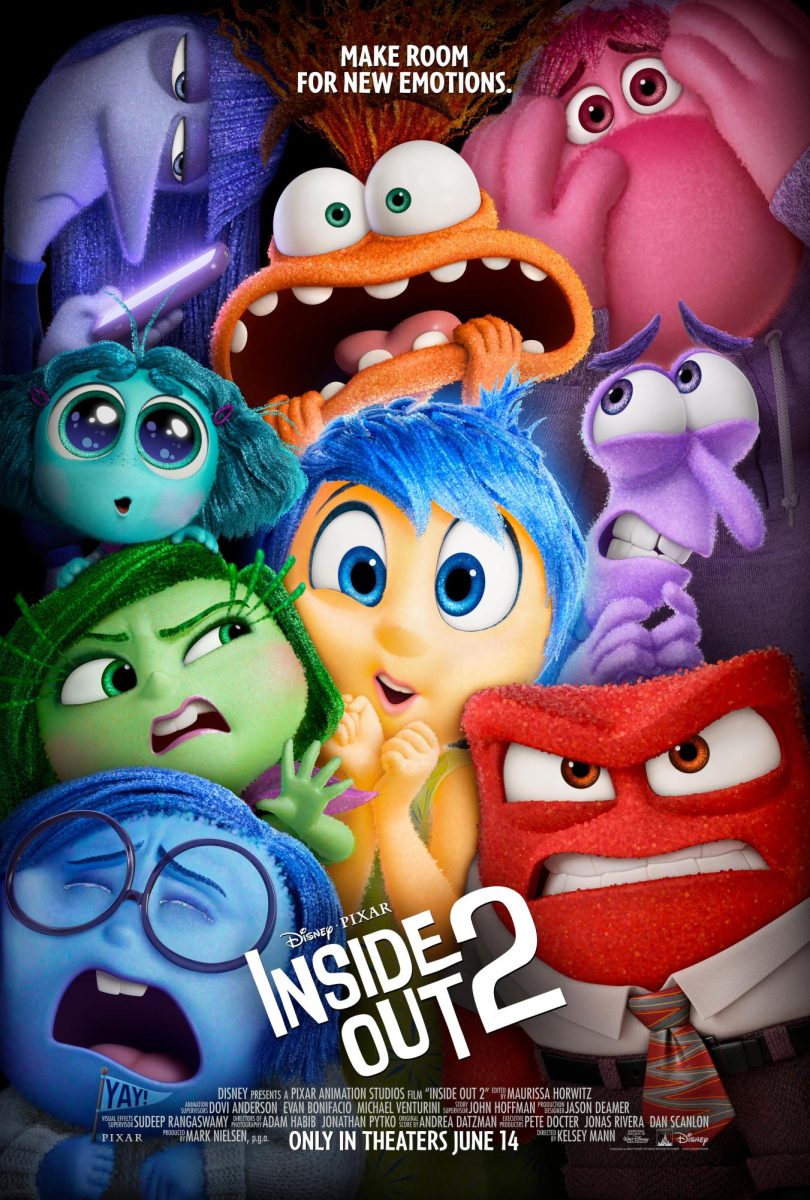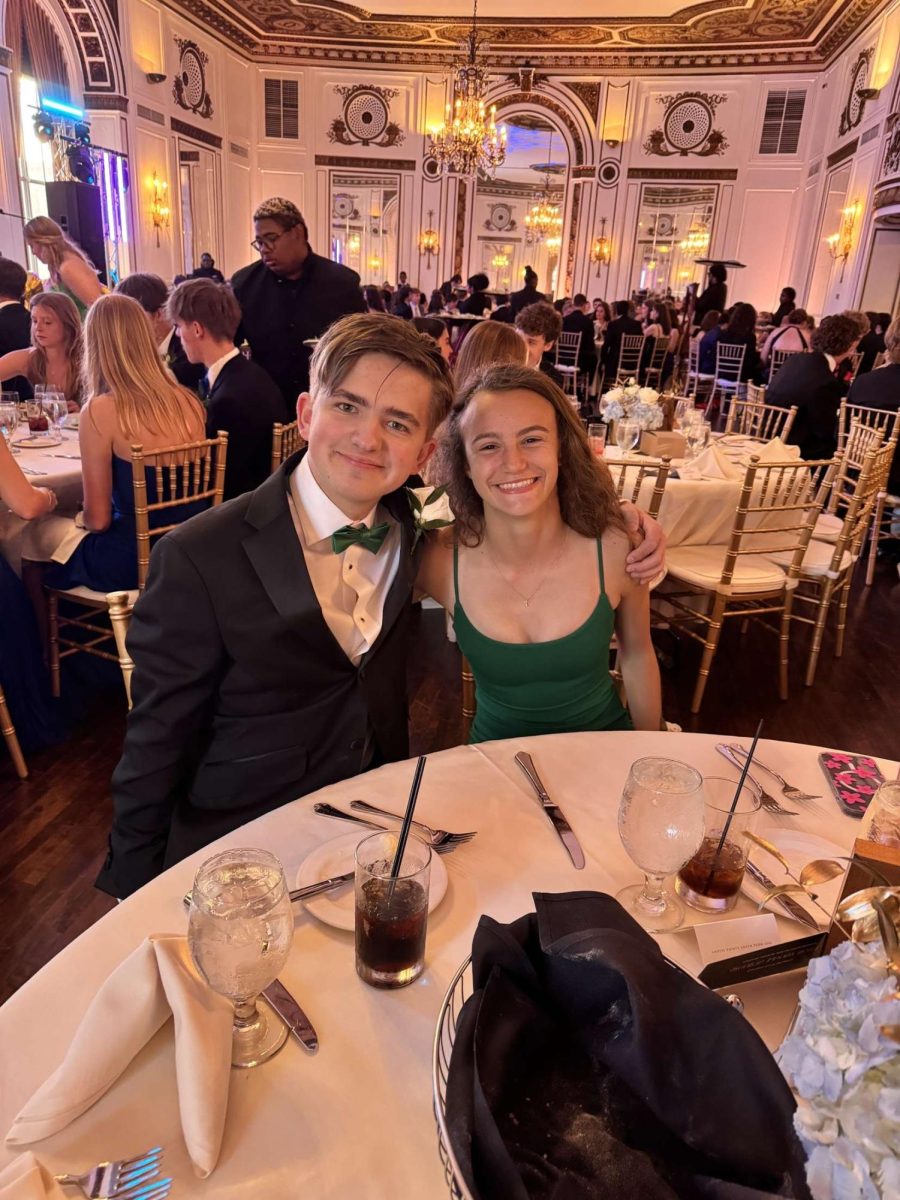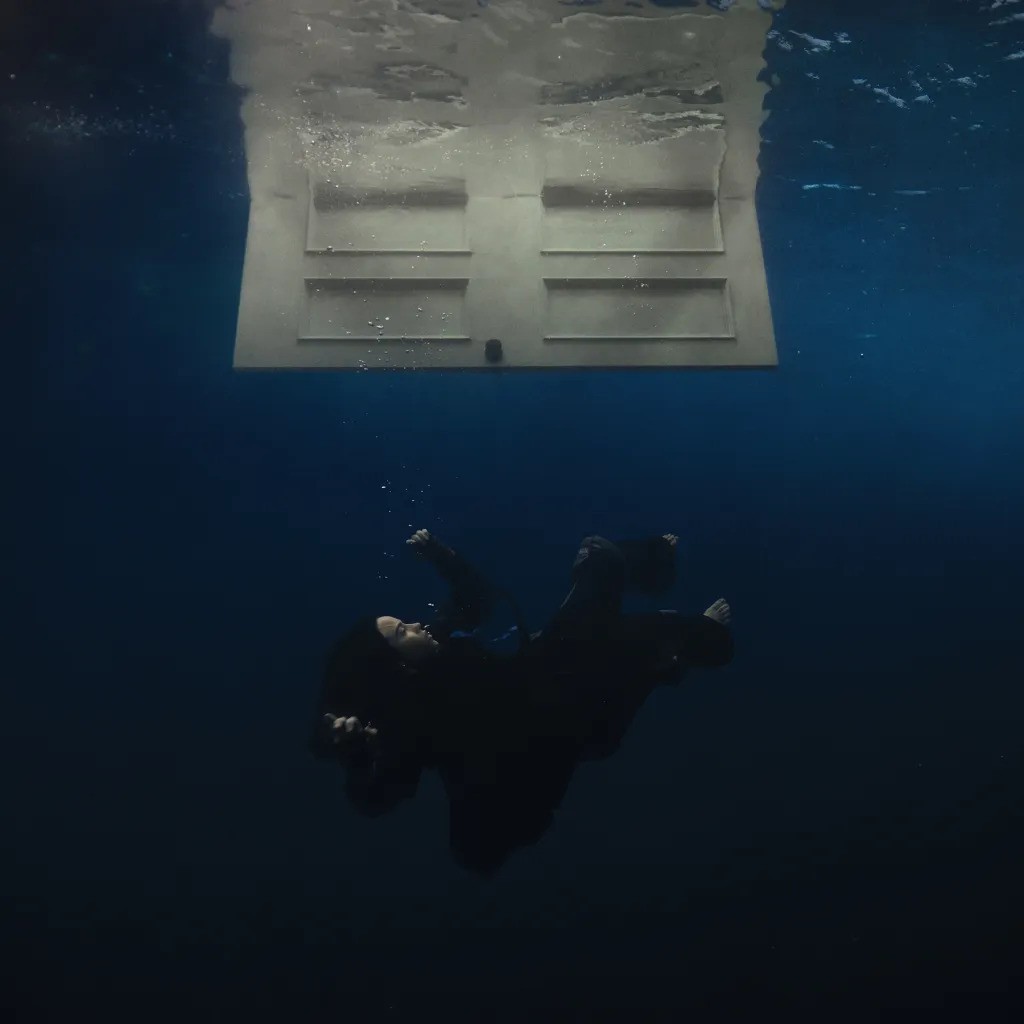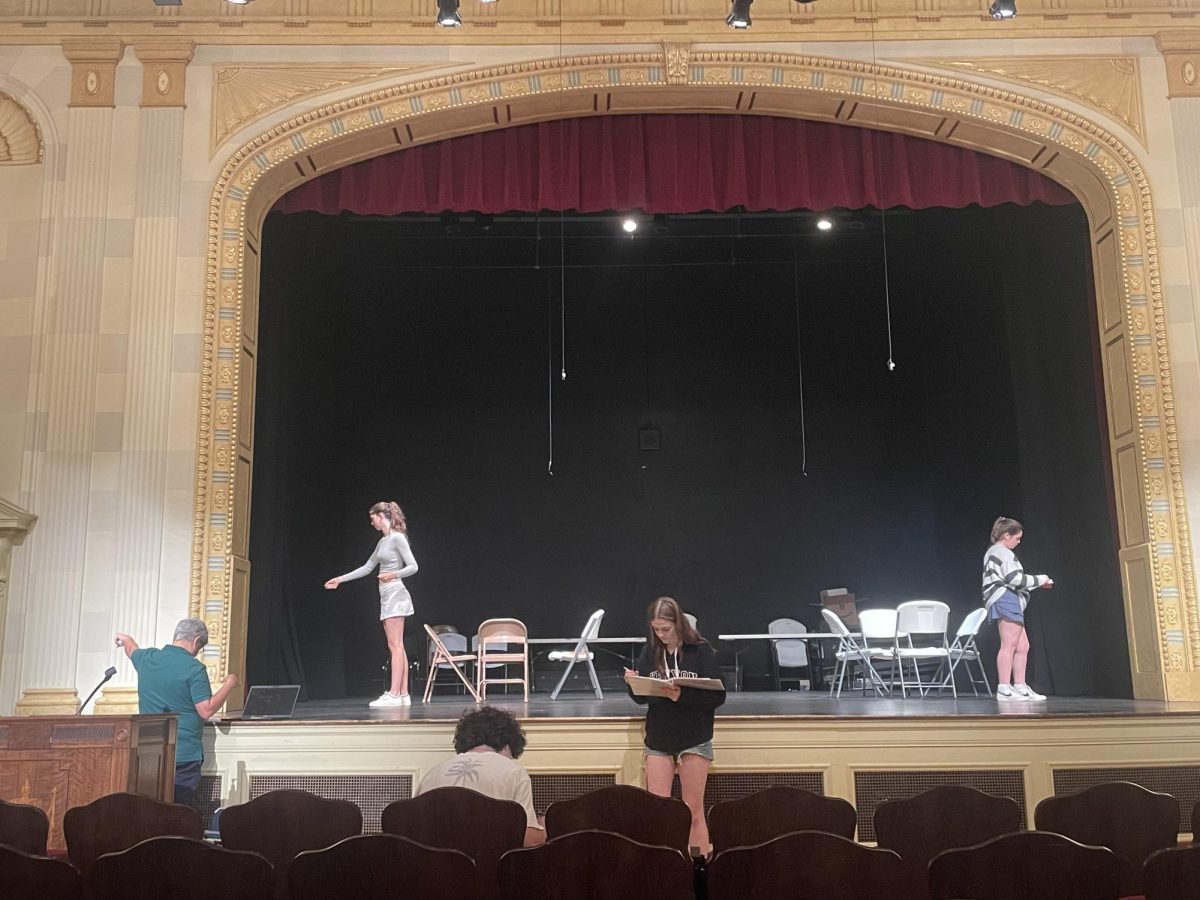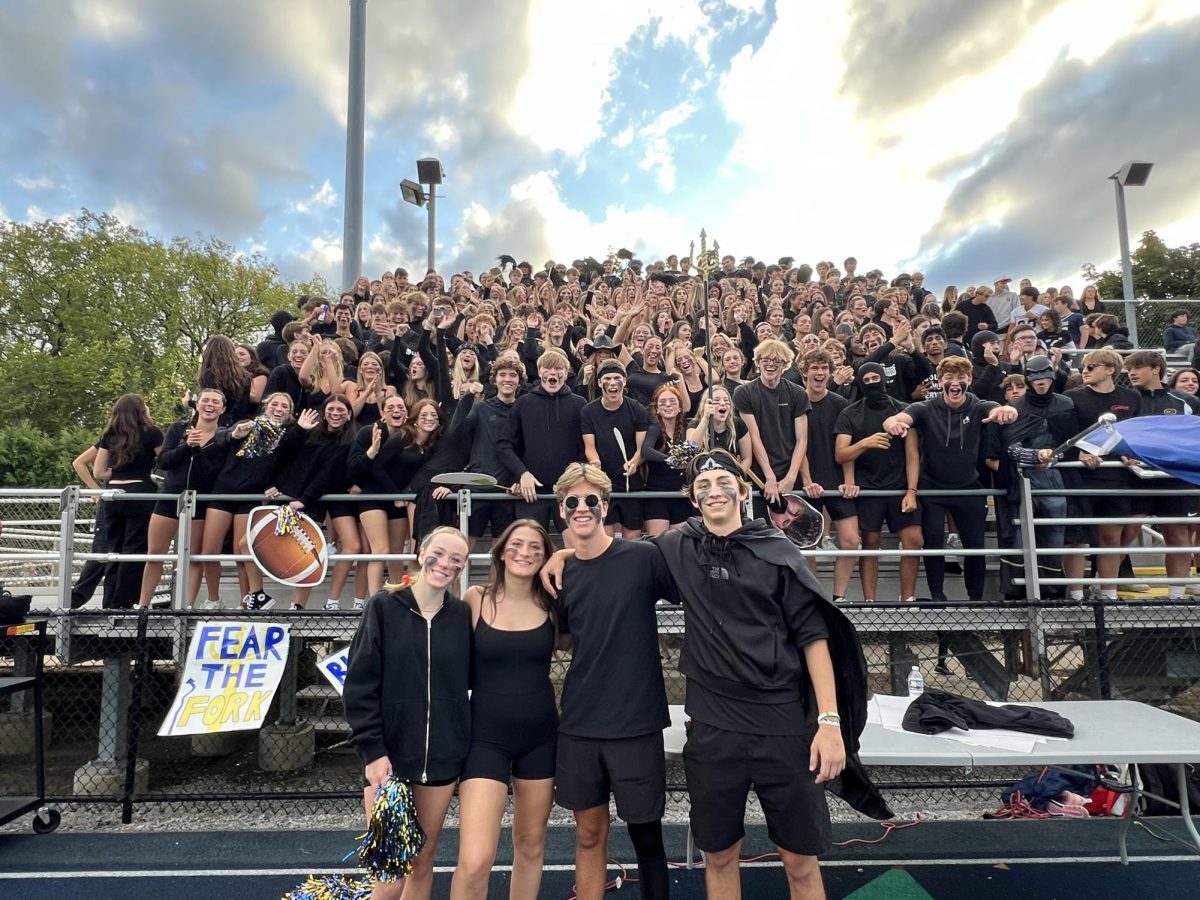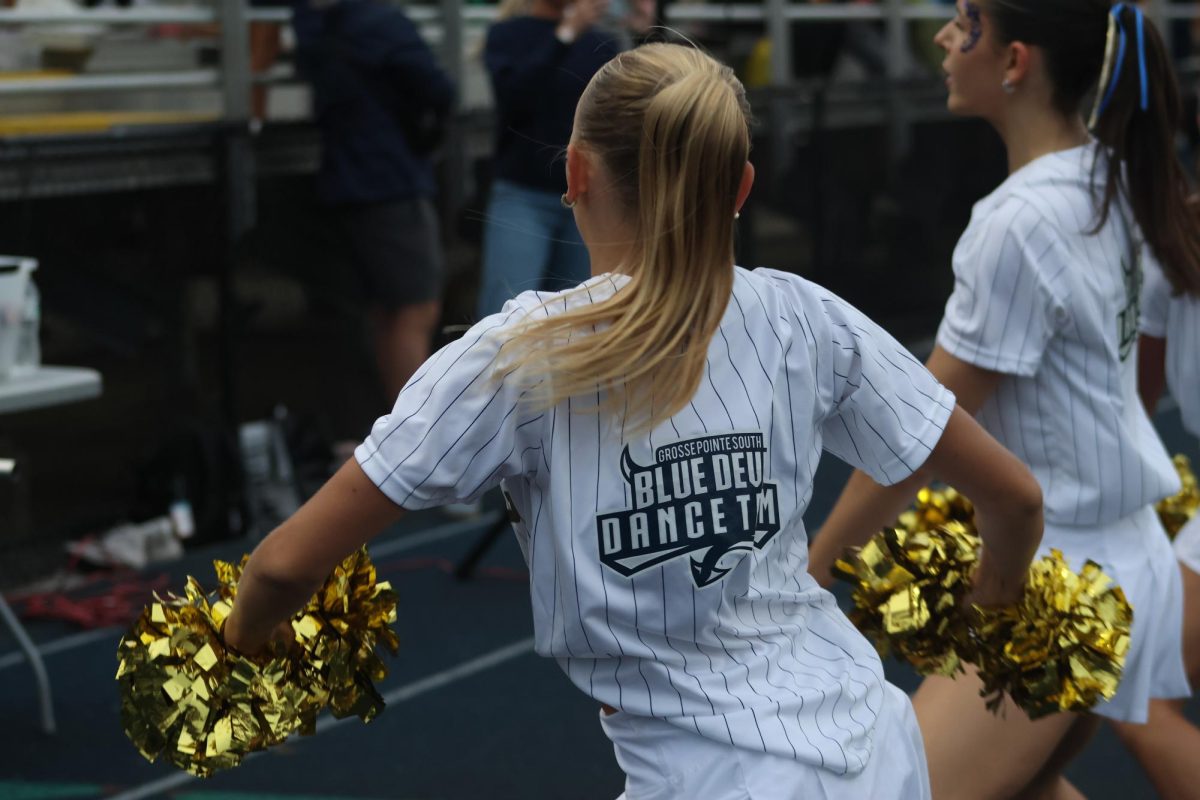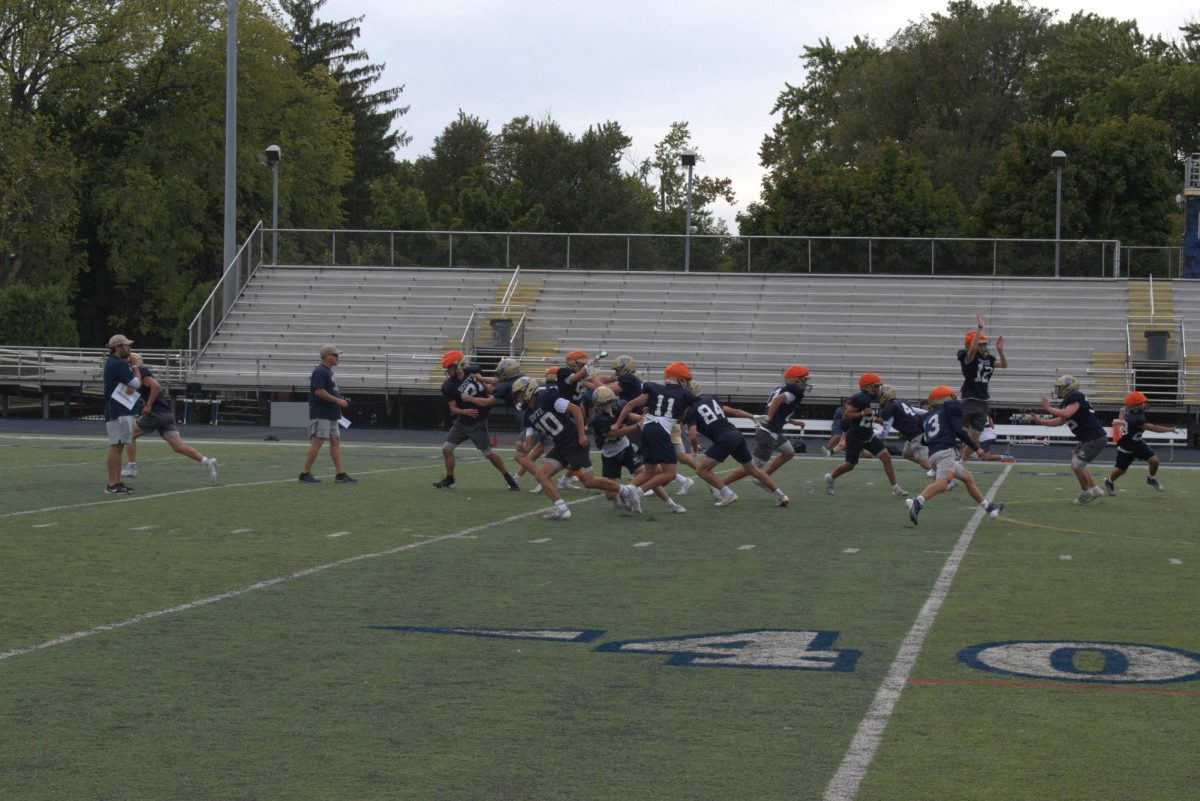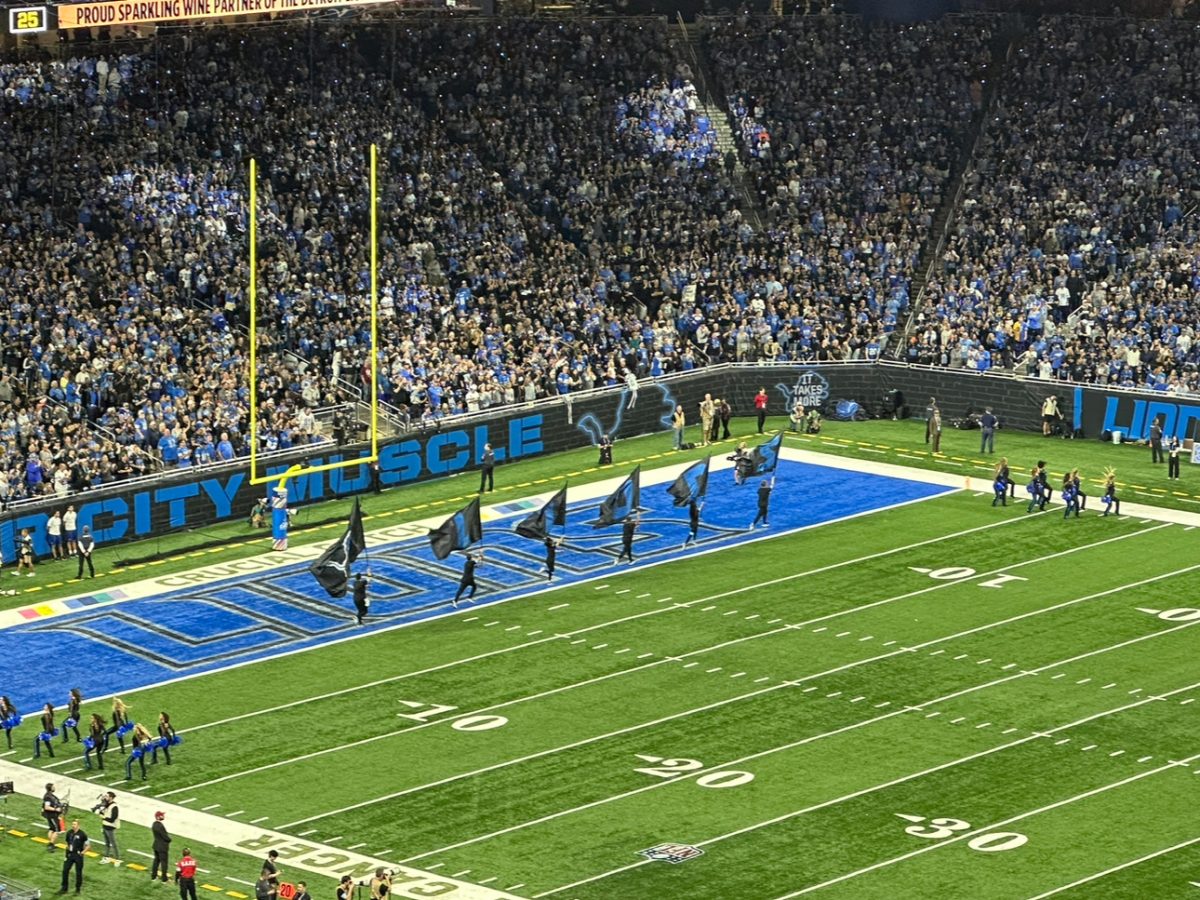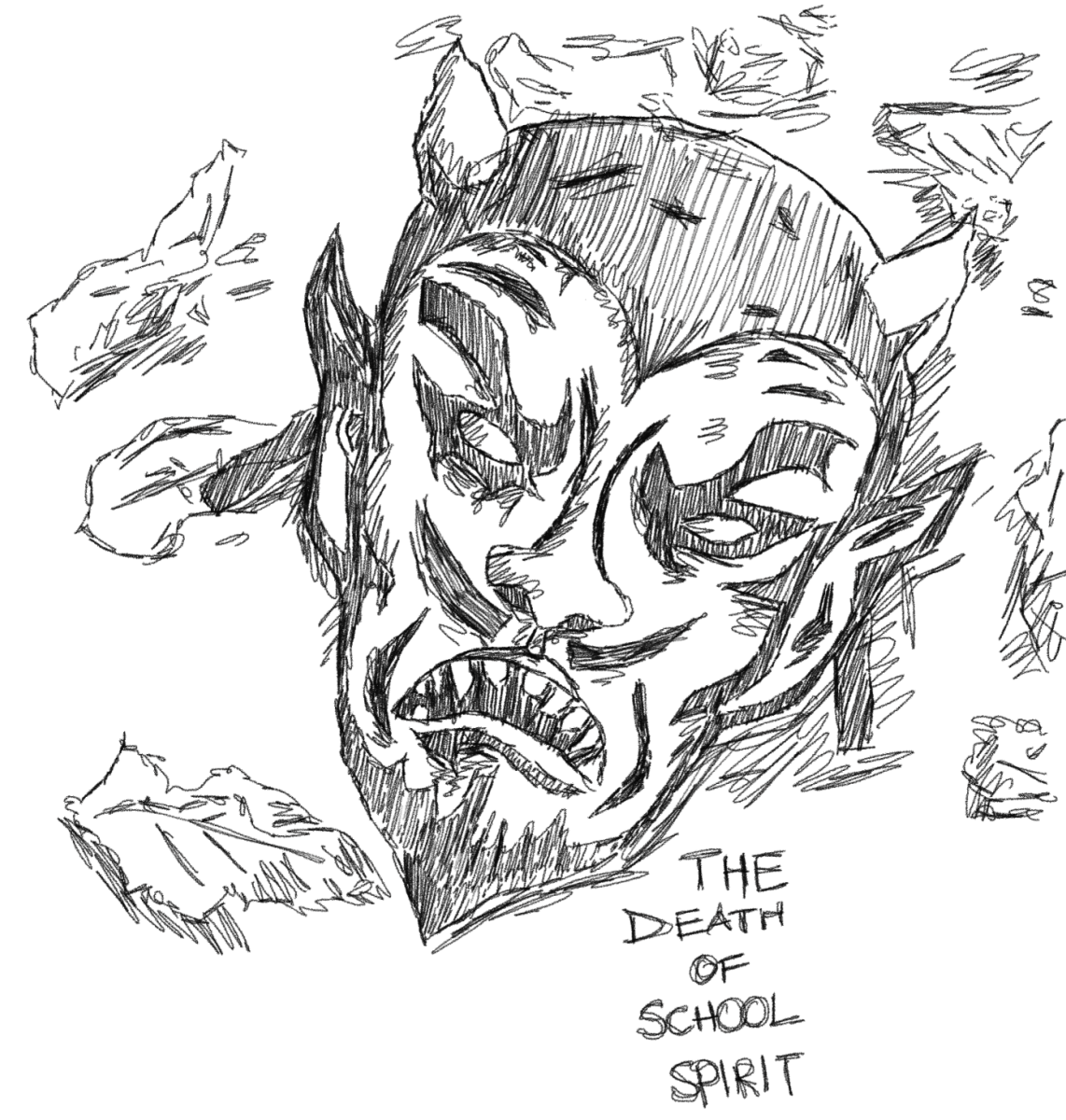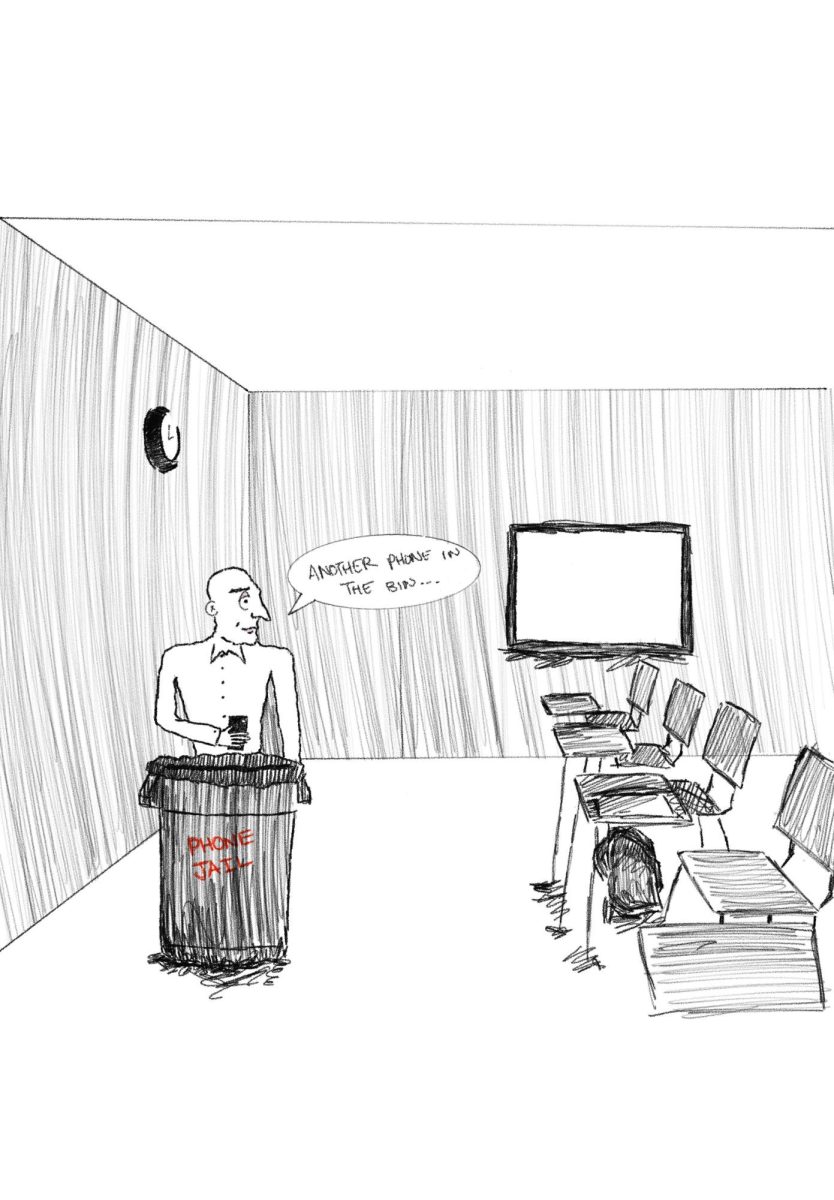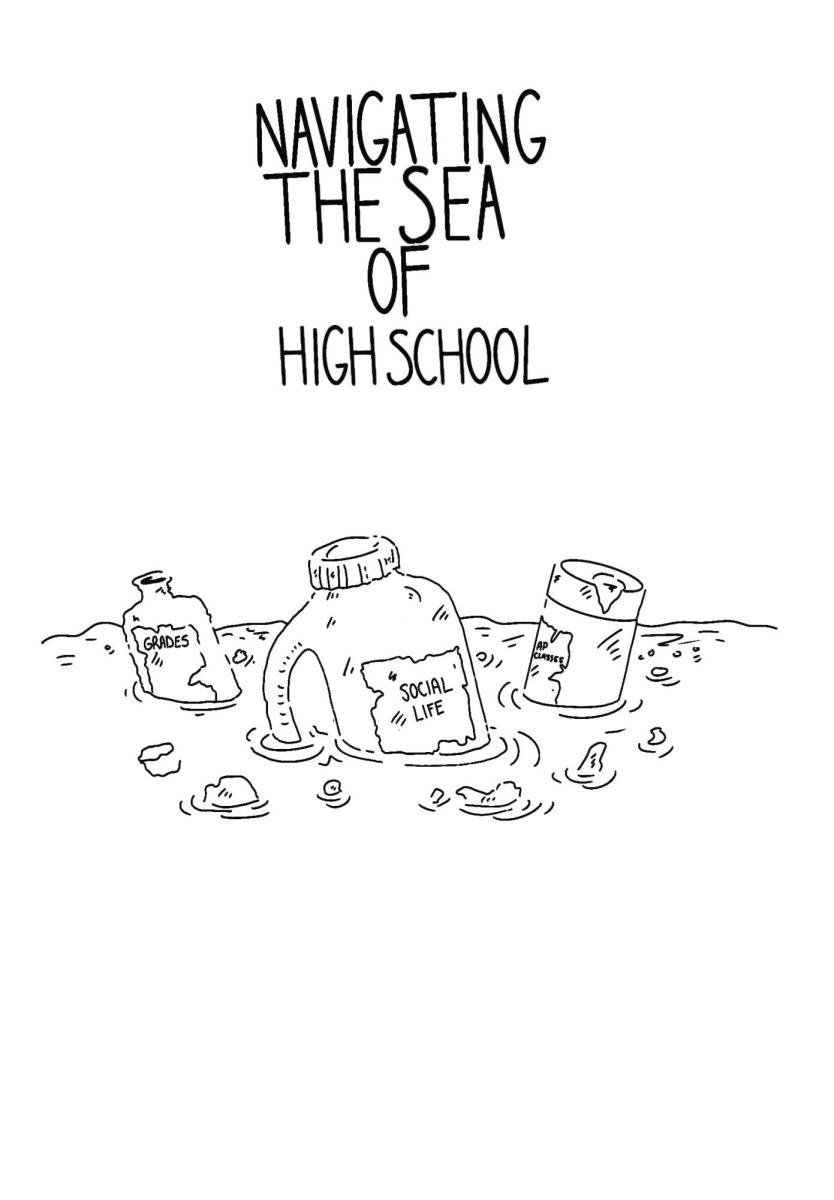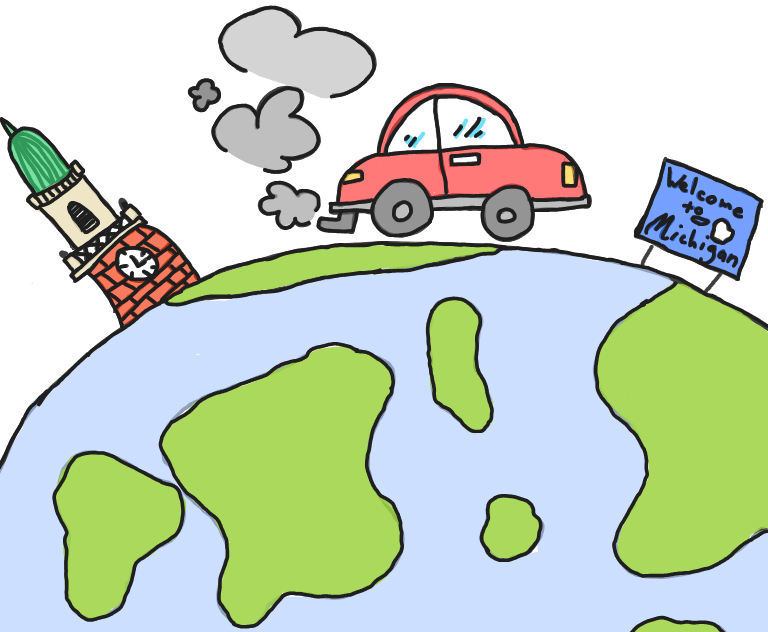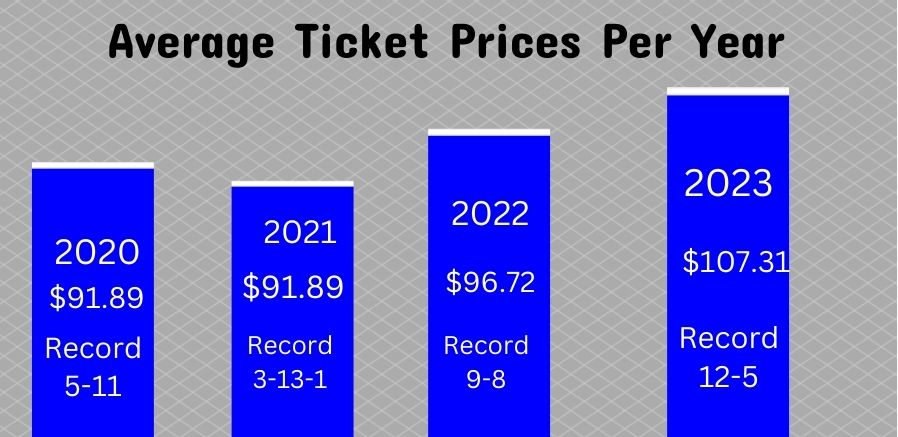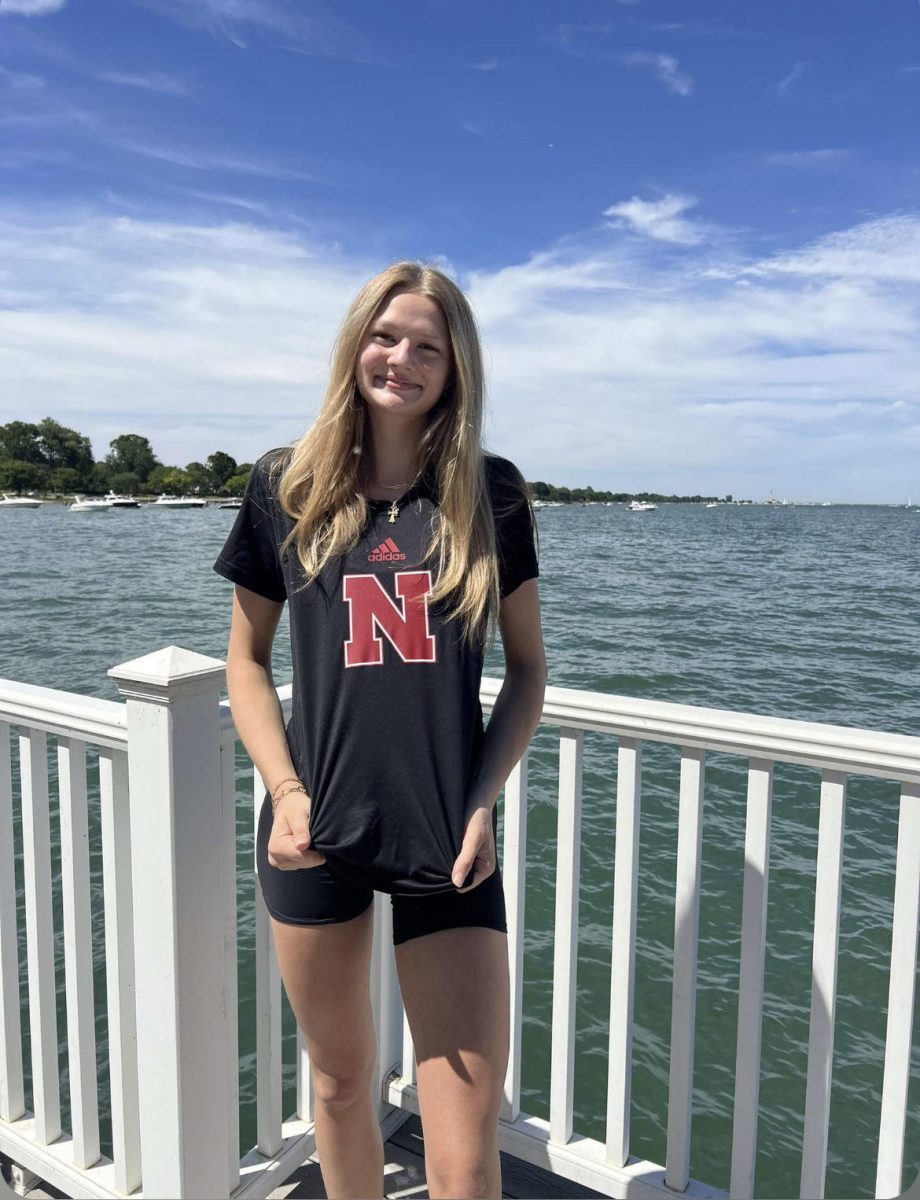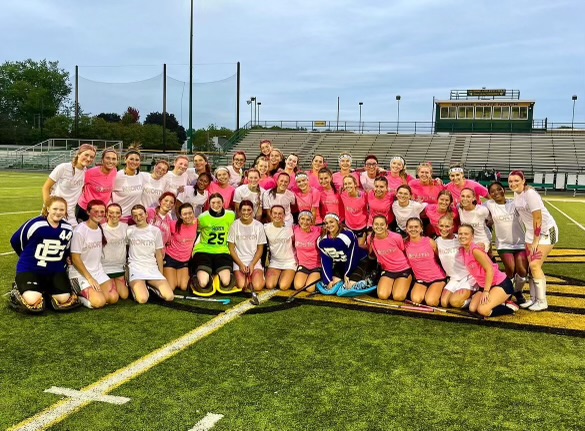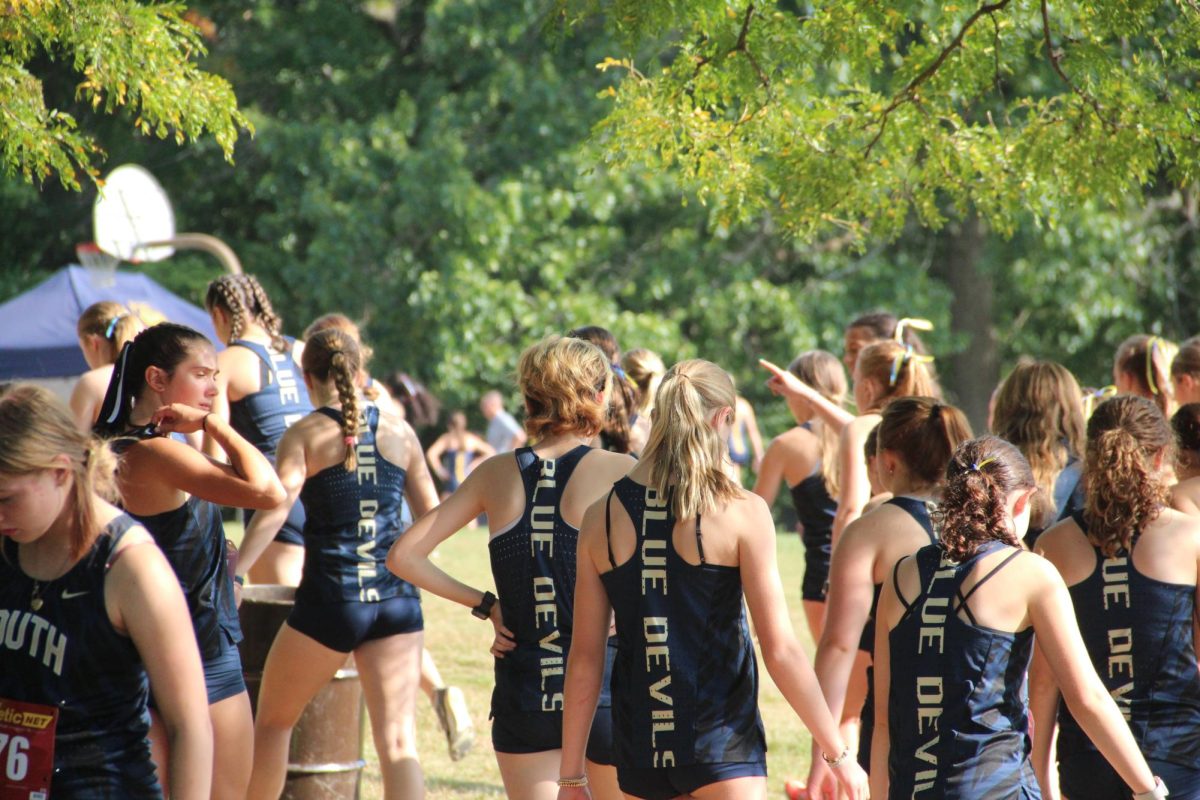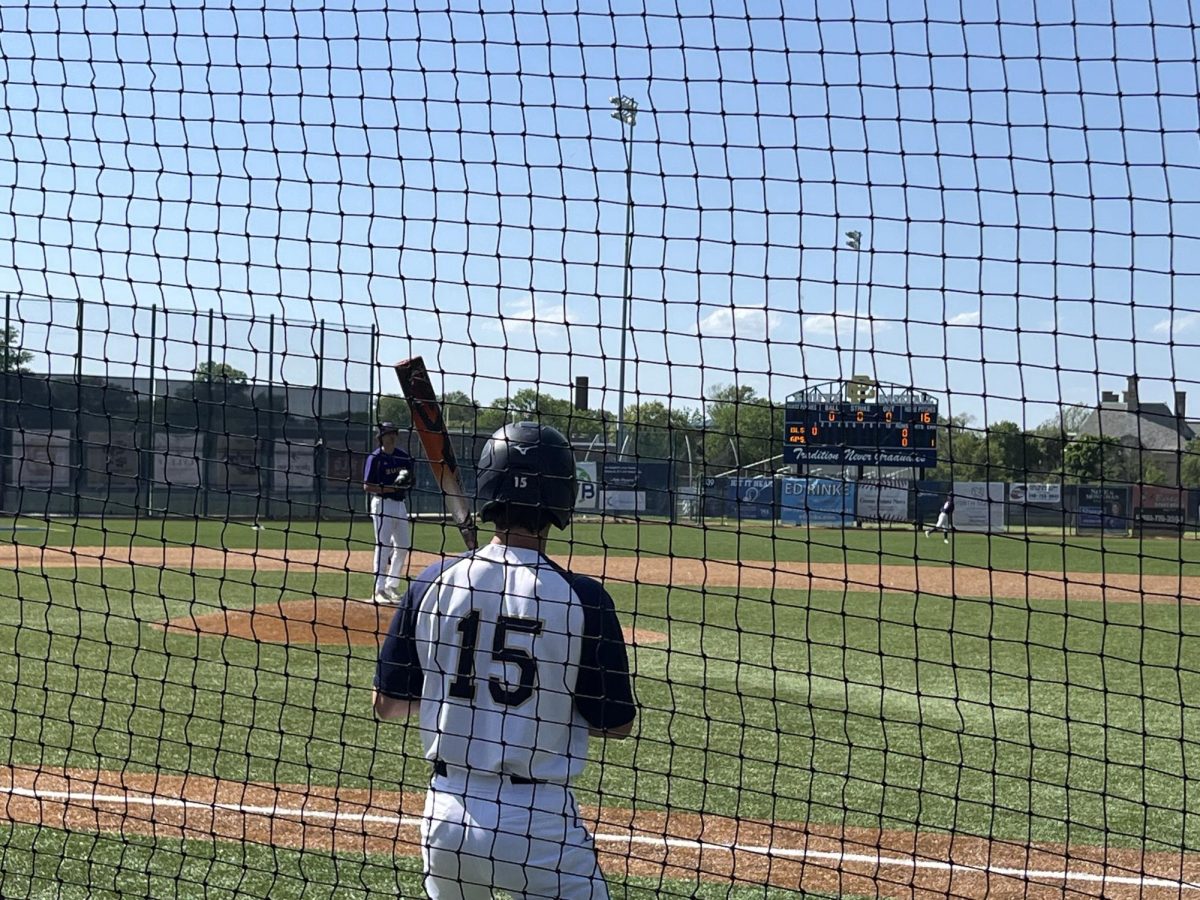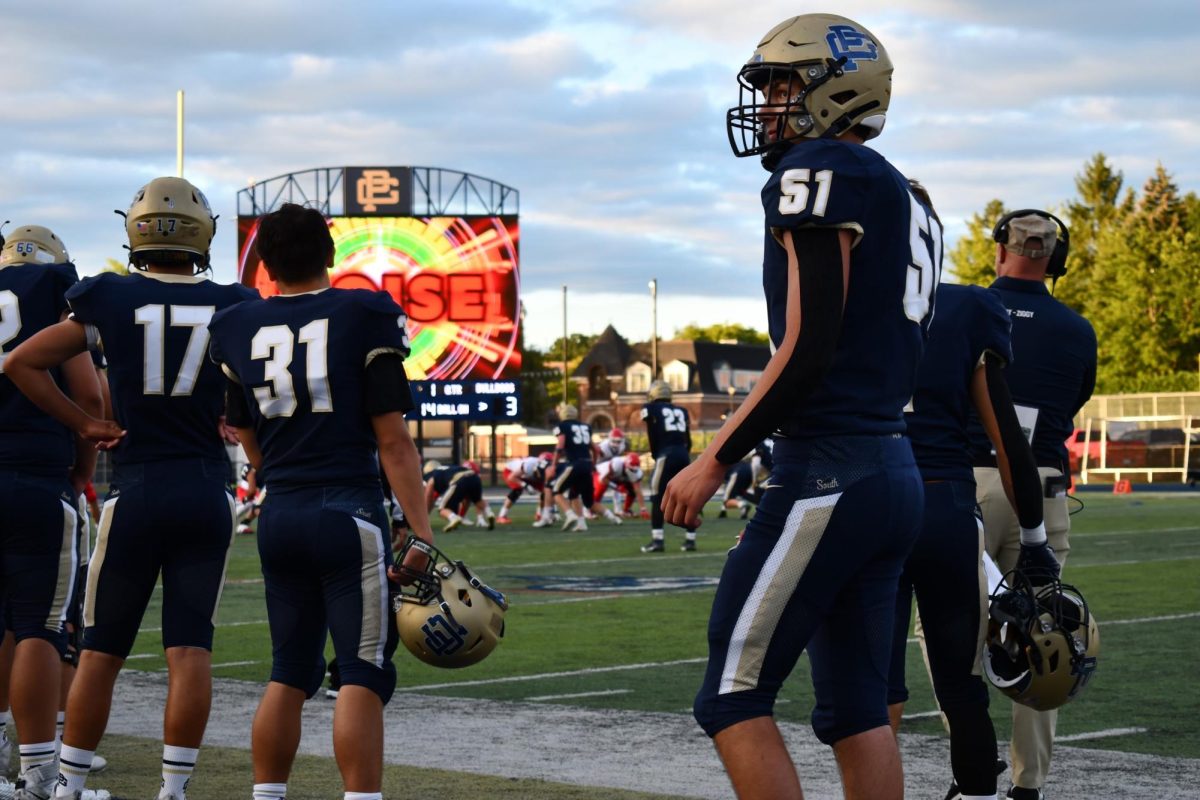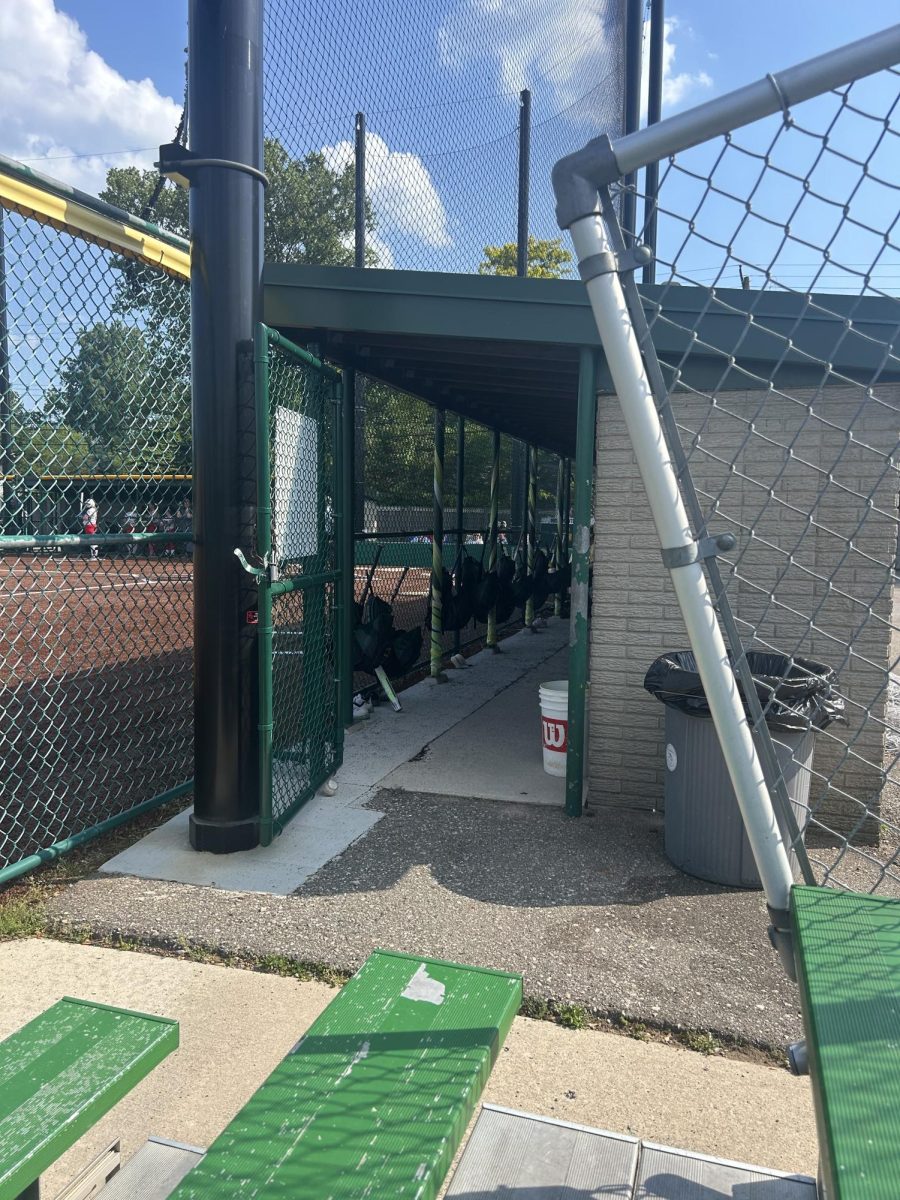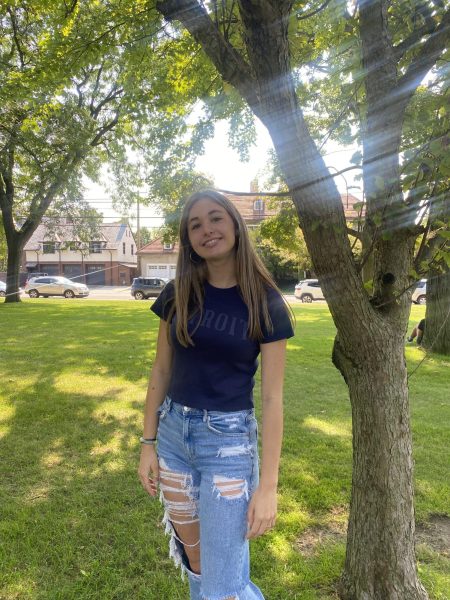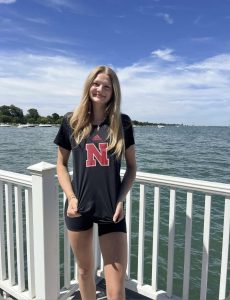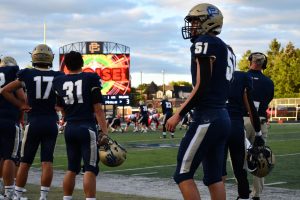Striving for inclusion in the media
March 20, 2023
Over the last decade, the quality of representation for disabled individuals in the media has greatly improved. Movies, books and television shows have seen a growing number of characters with disabilities who aren’t seen as mere “side characters” and play substantial roles in the plot. However, disabled representation in the media is far from perfect, and writers and directors should consider several things when portraying a character with a disability.
Claire Juip, a sophomore at Liggett with a rare and progressive genetic disorder that affects her movement called Friederich’s Ataxia, thinks that the media could do a better job of capturing the emotions of disabled people. In elementary school, Juip won a contest through the Library of Congress in which she wrote an essay on the book “Wonder”. “Wonder” is about the experiences of a disabled boy named Auggie in public schooling, and Juip saw how her life parallels the novel as she and her brother were diagnosed with Friederich’s Ataxia.
“In terms of how people react, I think the author of ‘Wonder’ did a decent job,” Juip said. “But in terms of what the person with the disability is thinking and going through, they could’ve included a bit more.”
This book was eventually adapted into a movie, and Juip explained the film could also benefit from some minor adjustments. She says that if a disabled actor played Auggie, the movie could’ve been more realistic.
“That actor would understand, first hand, what Auggie is living through instead of just trying to act it out,” Juip said.
Incorporating disabled characters in movies with younger audiences, such as “Wonder”, is also key to the proper representation of disabled individuals in the media. Missy Rancillo, a mother whose son has Autism Spectrum Disorder (ASD), says educating children on disability is crucial so that society can combat harmful stereotypes before they are even formed.
“Educating the audience is the most important,” Rancillo said. “They should highlight what the individuals can do and not what they cannot do.”
According to Rancillo, examples of television programs that properly represent people with disabilities are “The Good Doctor” and “Daniel Tiger’s Neighborhood”. She said that shows like these remove the stigma surrounding disabilities and educate society on what people with disabilities are capable of. To Rancillo, just because someone is different doesn’t mean they aren’t valuable in their own way.
“The most rewarding part of raising a son with special needs is that he is the most authentic person I know,” Rancillo said. “He says what he means and he means what he says.”
According to multiple students at South with intellectual disabilities, the media should take into consideration that their disabilities aren’t the only thing that makes them unique. Will Loosevelt, a South student with autism, has a devoted passion for tornado sirens, as well as an abundance of knowledge on the topic.
“I like how sirens run on electricity and solar panels,” Loosevelt said. “One of my favorite tornado sirens is the federal signal thunderbolt 1003.”
Amanda Bungard, a special education teacher at South, also tells of the unique and talented students she’s taught. She says her students have been gifted in athletics, art and graphic design, among other categories. Bungard explained that it is important for people who work in the media to not sugarcoat disabilities, and consider their strengths and weaknesses.
“They’re usually really compassionate to each other,” Bungard said. “They might not be the students with all A’s on their report cards, but they are talented at a lot of other cool things.”



